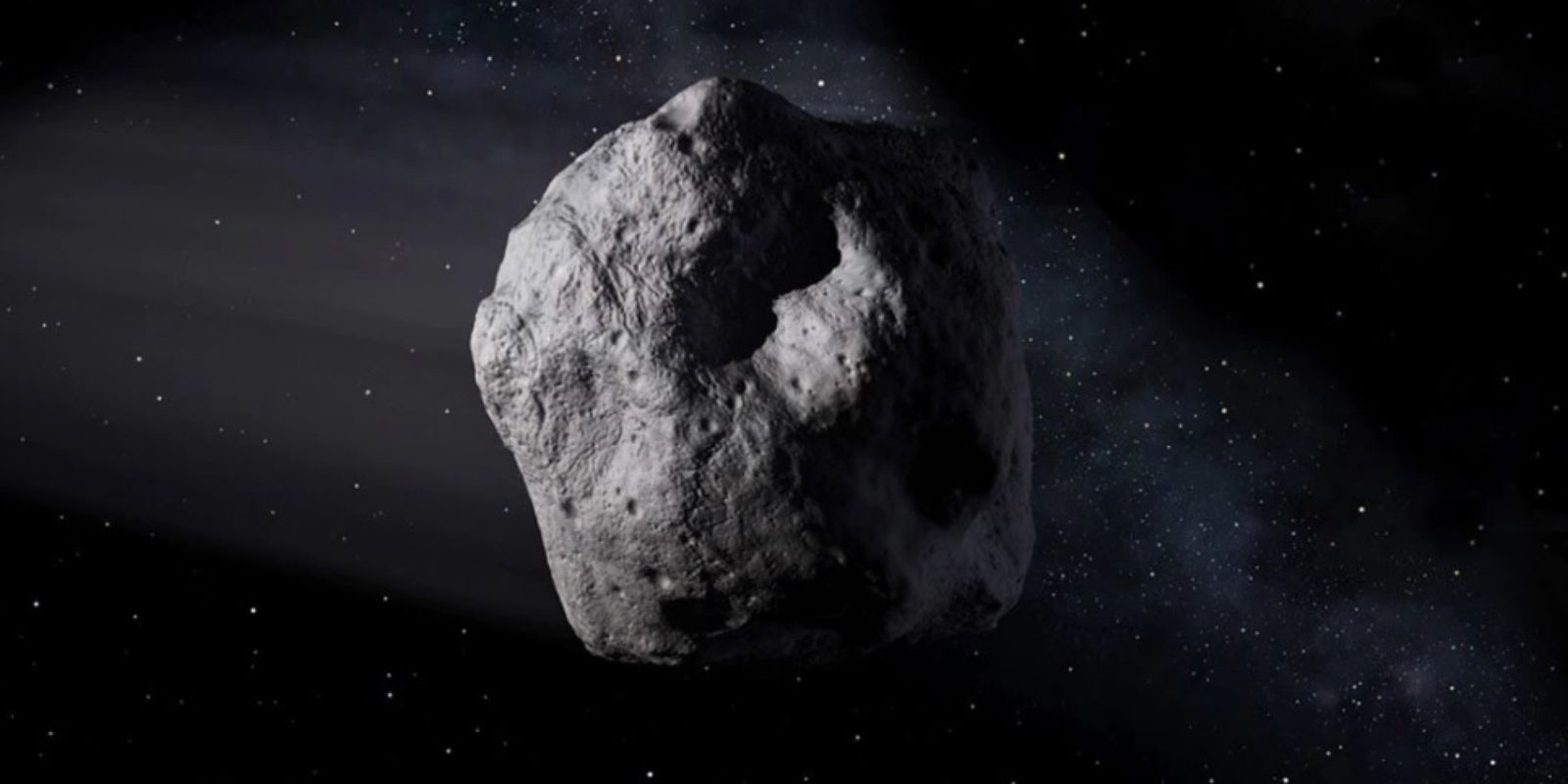
A small asteroid disintegrated into a fireball over South Africa
A small and least likely to harm asteroid recently disintegrated over the regions of Africa and extending to Papua New Guinea, just hours after it was discovered. The object that was previously listed as ZLAF9B2 was a 6-feet diameter cosmic boulder first captured by Catalina Sky Survey in Arizona. The object now named as asteroid 2018 LA by International Astronomical Union was discovered on Saturday where it was found out that it will whiz past the Earth at a very close distance.
According to Paul Chodas, manager of NASA’s Center for Near-Earth Object Studies, this asteroid was the third time when an asteroid was discovered to be on an impact trajectory towards Earth. He also added that it was the second time when NEO watchers were able to predict its impact location well before the event could take place. After disintegrating into pieces, the asteroids burned upon entry into the Earth’s atmosphere without causing any damage. Before the event, NEO watchers had already predicted the likely trajectory and impact location of the asteroid wherein it could enter into the Earth’s atmosphere somewhere over a corridor extending from Africa to Papua New Guinea across the Indian Ocean.
The event was observed by many watches. A webcam video was captured between the towns of Ottosdal and Hartebeesfontein in North-west South Africa. In the video, the asteroid can be seen entering the atmosphere and then, it converts into a fireball which seems like it impacted the ground. However, the object actually disappeared over the horizon. According to the official statement from NASA, the object disintegrated completely several miles above the surface of the Earth.
Lindley Johnson, planetary defense officer at the NASA headquarters said how this object was smaller than the ones which they detect and warn about. She further added that this proves that the impact prediction models used at the facility are adequate to detect any potential impact caused by a larger object. In 2013, an object roughly ten times the size of the asteroid 2018 LA, entered into the atmosphere over Russia in the town of Chelyabinsk. This caused a massive shockwave which blew windows across six Russian countries resulting in rushing more than 1,500 people to hospitals after they sustained minor injuries due to flying glass.


